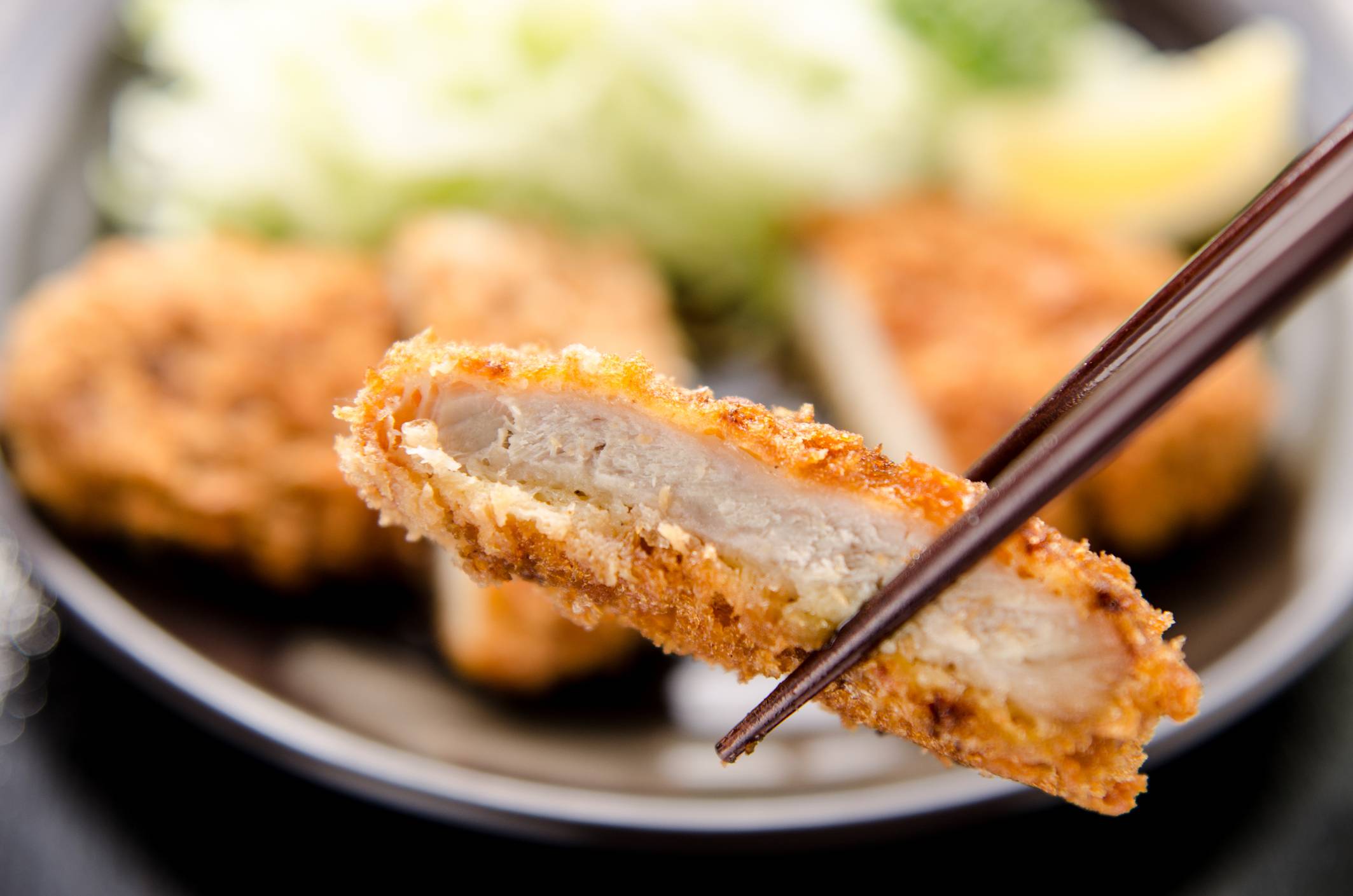Deep-fried breaded meat dishes are enjoyed in many parts of the world: South American milanesa, Central European schnitzel and decadent chicken Kiev. In Japan, appetites are similarly sated by tonkatsu.
A compound of the words “ton” (pork) and “katsu” (short for katsuretsu [cutlet]), this dish is one of many Japanese takes on yōshoku (Western food). The dish initially appeared deep-fried in butter in an 1895 cookbook, and others say that a pōku-katsuretsu (pork cutlet) served with shredded cabbage popped up on the menu of Ginza restaurant Rengatei four years later — where it remains to this day.
Farther north, in Kanda, is Ponchiken, the restaurant that is credited with serving the first actual tonkatsu in 1929. Tokyo’s shitamachi (downtown) area witnessed a boom in places that served tonkatsu around the 1930s, remnants of which can still be found in districts like Jimbocho. The popularity of the dish is now widespread, from Michelin-recognized restaurants nestled in the capital’s downtown to the chain restaurants of the suburbs — the first of which, Wako, launched in 1958 and has since expanded overseas.


















With your current subscription plan you can comment on stories. However, before writing your first comment, please create a display name in the Profile section of your subscriber account page.